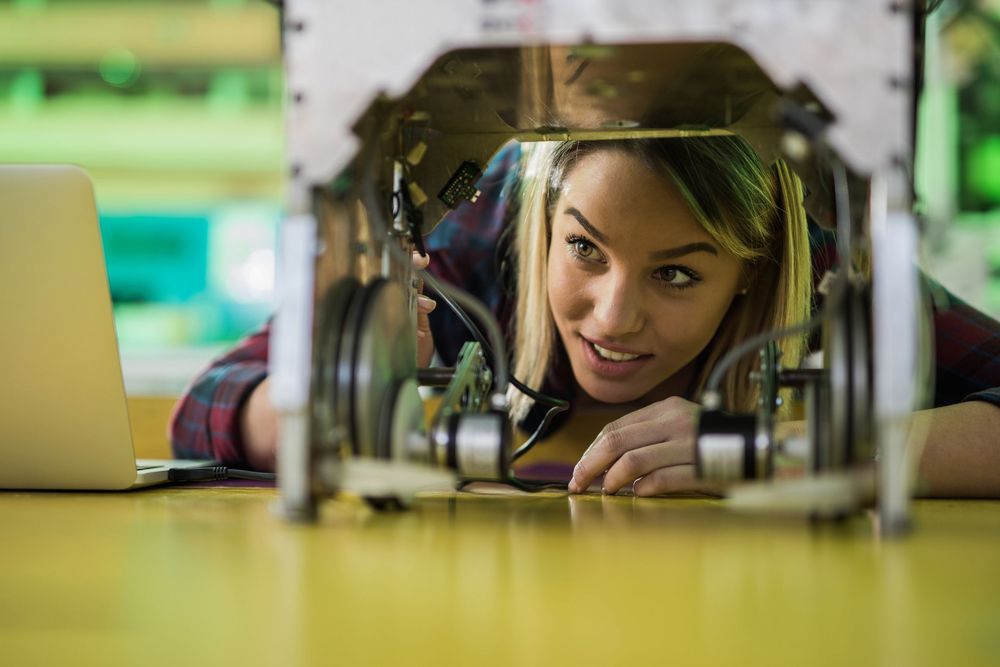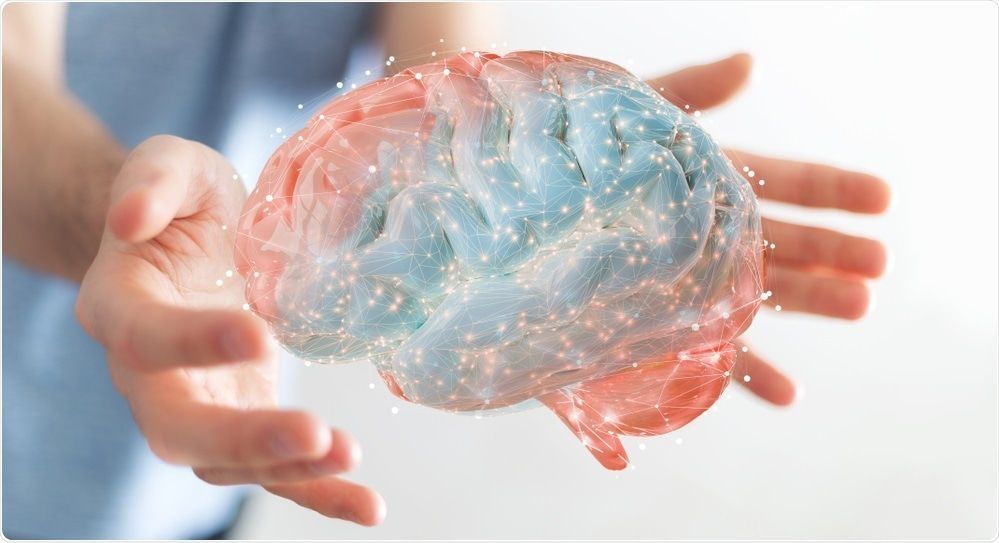According to Microsoft’s new report, there will be a major shortage of these skills by 2021.


NEW HAVEN, Conn. (AP) — Bacteria lodged deep in Ella Balasa’s lungs were impervious to most antibiotics. At 26, gasping for breath, she sought out a dramatic experiment — deliberately inhaling a virus culled from sewage to attack her superbug.
“I’m really running out of options,” said Balasa, who traveled from her Richmond, Virginia, home to Yale University for the last-resort treatment. “I know it might not have an effect. But I am very hopeful.”
Pitting one germ against another may sound radical, but it’s a sign of a growing global crisis. Increasingly people are dying of infections that once were easy to treat because many common bugs have evolved to withstand multiple antibiotics. Some, dubbed “nightmare bacteria,” are untreatable. Now scientists are racing to find novel alternatives to traditional antibiotics, a hunt that is uncovering unusual ways to counter infection, in unusual places.

It’s finally happening. Nearly 8 years after the final space shuttle flight, a crew-capable spacecraft is once again ready to launch from Kennedy Space Center, Florida. SpaceX’s Crew Dragon is scheduled to blast off for a 6-day, uncrewed test flight on 2 March at 02:49 EST (07:49 UTC). If all goes well, the spacecraft will dock at the International Space Station (ISS) on 3 March around 06:00 EST (11:00 UTC) and stay there until 8 March, when it returns to Earth and splashes down in the Atlantic Ocean off the Florida coast.

Many major advances in medicine, especially in neurology, have been sparked by recent advances in electronic systems that can acquire, process, and interact with biological substrates. These bioelectronic systems, which are increasingly used to understand dynamic living organisms and to treat human disease, require devices that can record body signals, process them, detect patterns, and deliver electrical or chemical stimulation to address problems.
Bill Faloon is the co-founder of the Life Extension nutritional supplement company and founder of the Church of Perpetual Life in Hollywood, Florida.
Bill was at the Raadfest 2018, which is an antiaging conference which had an attendance of about 1000 people. Bill is like others who attend Raadfest who want to take any antiaging treatment which has some scientific evidence of effectiveness. There is the possibility that latest antiaging treatments could work and the early adopters might be able to improve their health and life 0 to 20 years longer.
There are risks and costs with this approach. On the other hand, $140 billion per year is spent on cosmetics, vitamins and other treatments which have no evidence of life extending properties. Vitamins tend to have a lot of scientific evidence of ineffectiveness.


We asked Gates to choose this year’s list of inventions that will change the world for the better.


A consortium of groups has come together with the painstaking task of charting the longevity industry, such as its companies, journalists, thought leaders, investors, and recent developments. The Longevity Industry in UK Landscape Overview 2018 report covers a great amount of ground and is well worth a read for people who are interested in this rapidly evolving scientific field.
This particular edition, which spans an impressive 1000+ pages, is focused on the United Kingdom; there will be additional reports covering Switzerland, Japan, Hong Kong, and California, and there will also be a more general global industry report in its second edition.
Interest in longevity has been increasing for some years, and we are at last seeing a true industry starting to bloom as more and more companies, researchers, and investors step into the ring. Companies such as Unity Biotechnology taking senescent cell-clearing therapies to human trials, deep learning approaches being applied to aging by companies such as Insilco Medicine, and Ichor Therapeutics’ development of age-related macular degeneration therapies have served to ignite the fires of enthusiasm and have brought ever-increasing funding and interest into this field.

In September 2018, physicists at the University of Tokyo were trying to create insanely strong magnetic energy in an indoor environment. They expected an explosion. But they didn’t know it would be so powerful that it would knock an iron door off its hinges.
How did scientists accidentally generate the longest-lasting and strongest controllable magnetic energy field in human history?